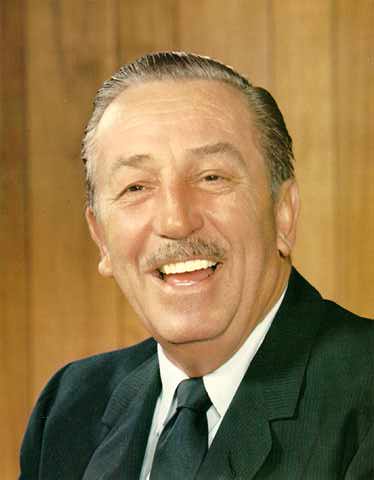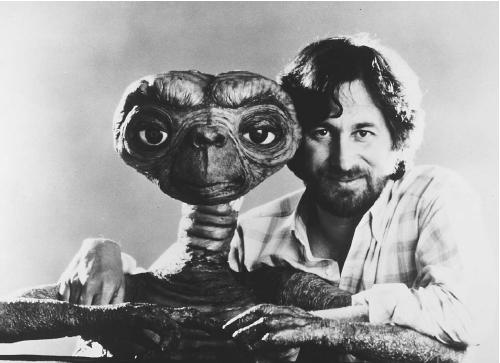Albert Einstein (1879-1955)

Einstein was one of the fathers of the atomic age. He was one of the greatest scientists of all time. In 1905 Einstein contributed three papers to Annalen der Physik (Annals of Physics), a German scientific periodical. Each of them became the basis of a new branch of physics.
Einstein treated matter and energy as exchangeable. Albert Einstein became famous for the theory of relativity, which laid the basis for the release of atomic energy.
In 1905 Albert Einstein formulates Special Theory of Relativity.
He established law of mass- energy equivalence; through his famous formula E=mc²
Einstein calculates how the movement of molecules in a liquid can cause the Brownian motion.
Using Max Planck’s quantum Theory he formulated the photon theory of light and explains the photoelectric effect.
In 1916 proposes general theory of relativity-still central to our understanding of the universe. Einstein changed the political balance of power in the twentieth century, through his scientific foundation in the development of atomic energy.
E=mc²
The Theory of Relativity
In his 1905 paper, titled “The Electrodynamics of Moving Bodies,” Einstein presented the special theory of relatively. In this paper, he showed how the theory demonstrated the relativity of time, a previously unimaginable idea.
He advanced the theory of relativity when he was only 26 years old. Einstein’s relativity theory revolutionized scientific thought with new conceptions of time, space, mass, motion, and gravitation.
His famous equation E=mc² (energy equals mass times the velocity of light squared), became the foundation stone in the development of atomic energy.
Einstein’s Theory of Relativity
The theory of relatively is founded on the idea that only relative motion can be measured. The consequences of this notion are profound, and shatter the Newtonian conception of the world. Both space and time are no longer absolutes.
Newtonian Mechanics
Isaac Newton codified the mathematical laws of motion and formulated the law of universal gravitation in his famous “Principia” written in the 17th century. The space and time are absolute, universal and independent of motion of bodies in space.
Einstein’s relativity
All motion can be measured only in relation to the observer who performs the measurement. Time and position are all relative to the observer: hence the theory has been called Einstein’s relativity.
Albert Einstein completes his theory of gravitation, known as the general theory of relativity, on Nov. 25, 1915. The theory is submitted to Annalen der Physik on Mar. 20, 1916.
Einstein presented the general theory of relativity to the Prussian Academy of Sciences in 1915.
Einstein and the Total Eclipse
Einstein’s theory is embodied in his famous equation E=mc². Although light photons don’t have mass, they have energy, and Einstein’s theory says that even pure energy has to behave in some ways like mass. Therefore light could be bend by the gravitation force of the sun.
Light from the background stars closely bypassing the sun on the way to the earth are being bend by the sun. The result is that the stars are seen in slightly different positions in the sky when the sun is in front of them, compared to their positions when the sun is elsewhere.
The eclipse of May 29,1919 confirmed Einstein’s theory that the light could be bend by the gravitational force of the sun. An English expedition in the area of the eclipse have actually measured the deflexion of starlight from the sun. The data of the expedition was presented to a special joint meeting of the Royal Astronomical Society and the Royal Society of London on November 6, 1919.
The eminent Professor J.J. Thomson, discoverer of the electron and Chair of the meeting, was convinced: “This is the most important result obtained in connection with the theory of gravitation since Newton’s day.”
Quantum Mechanics
German Physicist Max Planck introduced the quantum theory. Einstein built in on the work of Max Planck. Planck had been working on an effect called black body radiation. The black body does not reflect the light and takes in all the energy of the lighting falling into it. Planck devise an explanation for the black body effect, stating that the light was not continuous energy (continuous waves). Instead, the energy of light existed as a stream of tiny particles, called quanta.
Light behaves like particles and thus can liberate by impact electrons from a metal surface. Later the light particles became known as the Photon. The Maxwell’s electromagnetic waves theory of light could not explain the Photoelectric effect.
The Photoelectric Effect
Using his theory of quanta, Einstein explained the photoelectric effect. He showed that when quanta of light energy strikes atoms in the metal, the quanta force the atoms to release electrons.
Einstein’s work helped justify the quantum theory. The photoelectric cell resulted from Einstein’s work. This device made possible sound motion pictures, television and many other inventions. Einstein received the 1921 Nobel Prize in physics for his paper on quanta.
The work of Planck and Einstein quickly established the Quantum Theory, not only in light but also in many forms of energy. The quantum physics was born.
The Brownian Movement and The Atomic Theory of Matter
The third Einstein paper of 1905 concerned the movements of tiny particles floating in a liquid or gas. This effect has been seen earlier by the Scottish plant expert Robert Brown. It was renown as Brownian motion. Einstein’s paper on Brownian Motion confirmed the atomic theory of matter. This is viewed by many as the first proof that atoms actually exist.
Einstein’s Biography
Albert Einstein was born on March 14, 1879, in Ulm, Württemberg, Germany. After public school in Munich and in Aarau, Switzerland, Einstein studied mathematics and physics at the Swiss Polytechnic Institute in Zurich. From 1902 to 1909, he worked as an examiner at the Swiss Patent Office in Bern, Switzerland. Away from work, he continued his discussions on scientific matters with colleages including his first wife Mileva Maric.
Maric and Einstein entered the Swiss Polytechnic Institute in Zurich in 1896 to study mathematics and physics. Both graduated in 1900.
Einstein married Mileva Maric on January 6, 1903. They had two sons, and one daughter. On May 14, 1904, Mileva gave birth to a boy named Hans Albert. Their daughter Lieserl was born before their marriage and died in childhood.
The families went on holiday to Belgrade in the summer of 1905 and there were trips to Oerland and visits to Albert’s uncle Cäsar and his friends the Wintelers in Aarau as well as college pals in Zurich.
The young Einsteins with their newborn boy visited the Maric family frequently, as the household economy would allow.
Einstein became a Swiss citizen in 1905.
In 1909, he became professor of theoretical physics at the University of Zurich in Switzerland. In 1911 and 1912, he occupied the same position at the German University in Prague.
Einstein was elected to the Prussian Academy of Science in Berlin in 1913. When he accepted the professorship of physics at the University of Berlin in 1914, he once more assumed German citizenship. The same year, he became director of the Kaiser Wilhelm Physical Institute in Berlin. He occupied both positions until 1933.
After the rise of NAZI in Germany, Einstein left for USA. Einstein and relatives left Europe for the United States, on December 9, 1930.
In 1933, the Nazi government took his property and deprived him of his positions and citizenship. After arriving in California in early 1931, he was later invited to join the Institute of Advanced Study in Princeton, NJ.
Einstein accepted the position. He lived and worked there until his death. In 1940, Einstein became an American citizen. Albert Einstein died in Princeton, New Jersey on April 18, 1955.

Above: Albert Einstein's congratulation letter to Nikola Tesla on his 75th Birthday
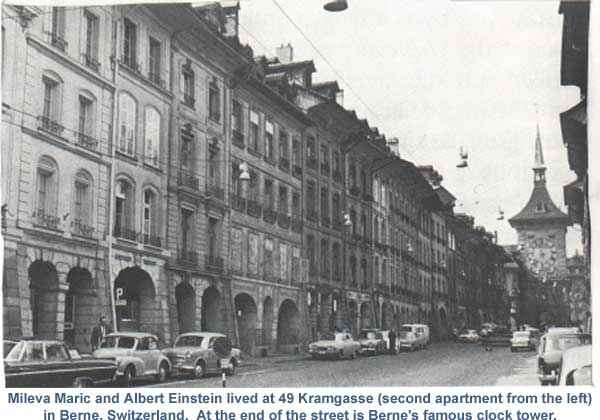
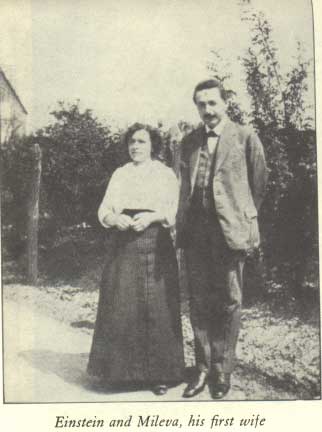
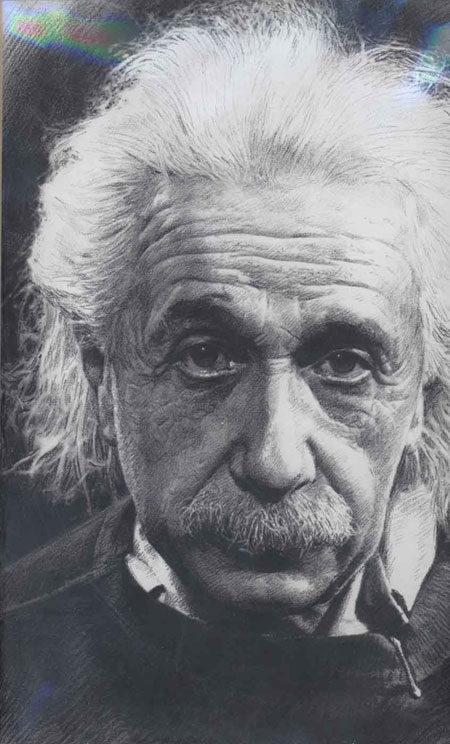
Above: Albert Einstein
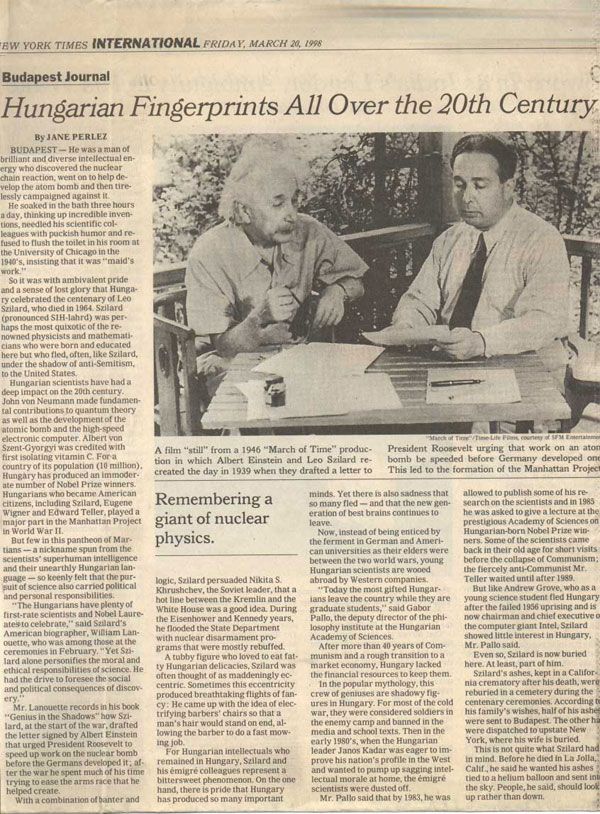
Above: Manhattan Project New York Times Article (about Einstein)

Above: Einstein's letter to Franklin D. Roosevelt (President of the United States) about the development of the atomic bomb
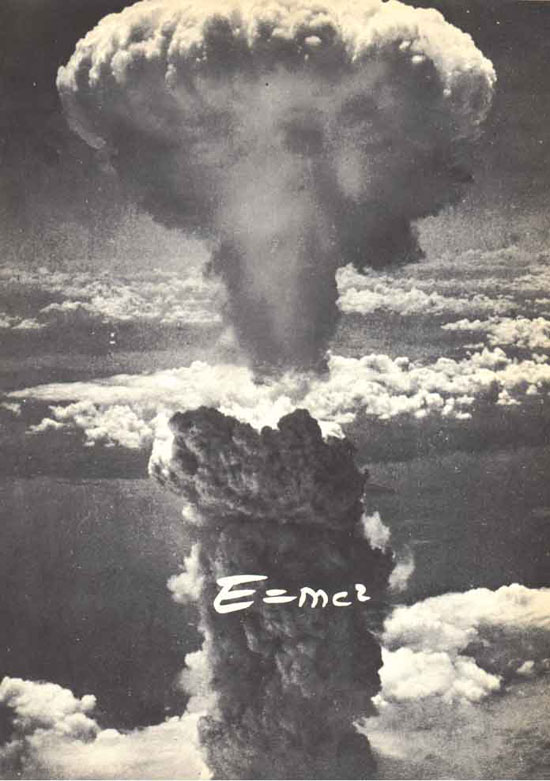
Above: Atomic Bomb Explosion.
This following below was copied from Manhattan Project - Wikipedia, the free encyclopedia:
The Manhattan Project was the project to develop the first nuclear weapon (atomic bomb) during World War II by the United States, the United Kingdom, and Canada. Formally designated as the Manhattan Engineer District (MED), it refers specifically to the period of the project from 1941–1946 under the control of the U.S. Army Corps of Engineers, under the administration of General Leslie R. Groves. The scientific research was directed by American physicist J. Robert Oppenheimer.
The project succeeded in developing and detonating three nuclear weapons in 1945: a test detonation of a plutonium implosion bomb on July 16 (the Trinity test) near Alamogordo, New Mexico; an enriched uranium bomb code-named "Little Boy" on August 6 over Hiroshima, Japan; and a second plutonium bomb, code-named "Fat Man" on August 9 over Nagasaki, Japan.
The project's roots lay in scientists' fears since the 1930s that Nazi Germany was also investigating nuclear weapons of its own. Born out of a small research program in 1939, the Manhattan Project eventually employed more than 130,000 people and cost nearly $2 billion USD ($23 billion in 2007 dollars based on CPI). It resulted in the creation of multiple production and research sites that operated in secret.[1]
The three primary research and production sites of the project were the plutonium-production facility at what is now the Hanford Site, the uranium-enrichment facilities at Oak Ridge, Tennessee, and the weapons research and design laboratory, now known as Los Alamos National Laboratory. Project research took place at over thirty different sites across the United States, Canada, and the United Kingdom. The MED maintained control over U.S. weapons production until the formation of the Atomic Energy Commission in January 1947.

Above: Pupin Physics Laboratory at Columbia University (click here for more details). This building was named after Michael Pupin's death in 1935. 29 American Noble Prize Winners did their research in Pupin Physics Laboratory.
Much of the early research on the Manhattan Project was done at Columbia University in Pupin Hall and at one time employed 700 people on the project. Tons of uranium were stored in warehouses in the Chelsea, Manhattan neighborhood; the Columbia football team was sometimes recruited to move it.
more deatils; wikipediya




